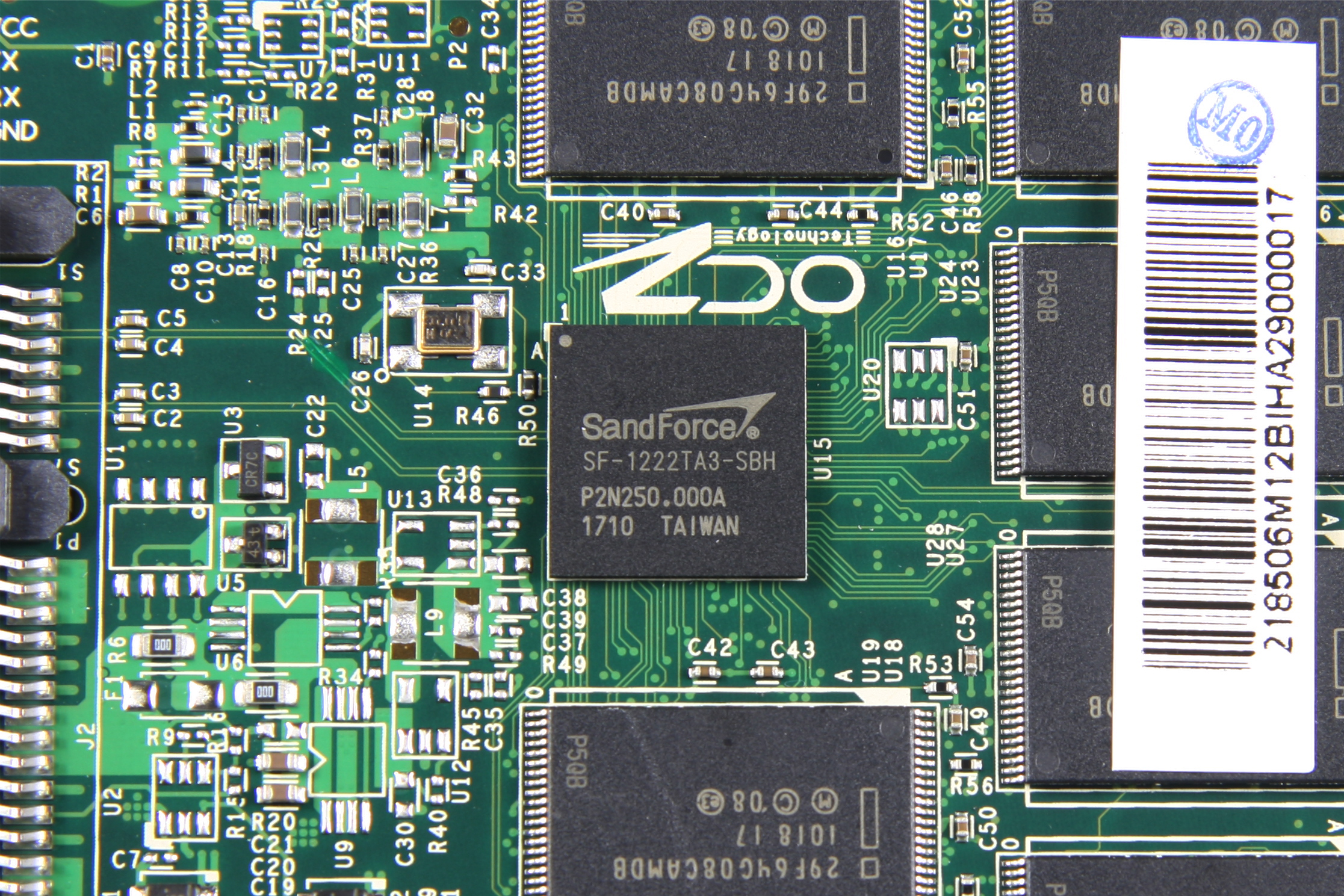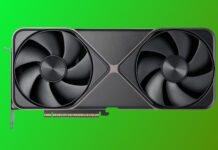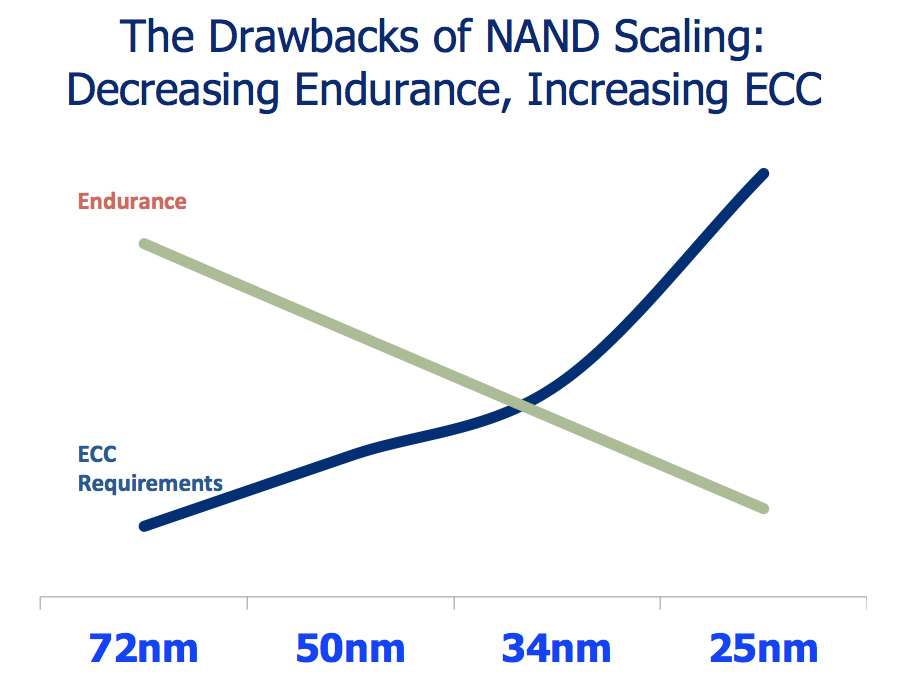As the memory technology gets smaller the opportunity to increase storage on a given surface increases. The latest 25nm technology has brought some unwanted limitations though, poor durabilit. It turns out that SSD makers are forced to sell units 25nm NAND flash that has less available space than given in the product description.
Especially OCZ Technology that has been spearheading the retail development has been caught in a draft after the popular OCZ Vertex 2 E 120Gb has started selling with only 115GB available. It has done soe without changing the description in its marketing since the base capacity is still the same, but OCZ has been forced to lock a larger portion of the storage space to maintaing the viability of the SSD.
The 34nm flash circuits that was used by the first generation SandForce-based SSDs, including Vertex 2, has an estimated lifespad of 5000 writes/empties. This dropped with 25nm NAND to only 3000 writes/empties.
To make sure the lifespan of the SSDs aren’t affected it had to bind a larger percent of the memory cells to the SandForce controller DuraCell technogy to get a more efficient way of spreading the writes and empties across the storage cells. To maintain the warranty ad lifespan of the SSD 5GB of the storage had to be seized by the SandForce ECC controller technology RAISE.
Update: SandForce RAISE technology (Redundant Array of Independent Silicon Elements) reserves a part of the NAND circuits in a SSD for the ECC technology to be able to recreate data during any problems. RAISE reserves a given share of the NAND circuits and the amount of data that is reserved depends on the density of the chip. Since 25nm NAND has twice the density the automatically reserved amount for RAISE also doubles, in this case from 4GB to 8GB.
To still provide a drive with a reasonable life expectation the amount of NAND set aside for over-provisioning has been increased by a few GB. So, for instance on a 120GB drive, if you see an unformatted capacity of 115GB this is perfectly normal, OCZ commented in the official SSD forum.
OCZ says that it is the design of the controller that determines how much over-provision that happens in the SSD and this is not something you can counteract by giving the drive more chips.
The capacity change you are seeing on drives under 180GB is due to RAISE, WE are not falsely advertising the drives, the overall capacity of the NAND has remained the same; RAISE capacity has changed though which does result in a slight increase of OP…OCZ are unable to alter this, RAISE is not an enable/disable option, from the OCZ’s forum
OCZ and other SSD makers have taken a hit for the lackluster durability of the new technology, but at the same time there is a chance a consumer buys an SSD with less given capacity than what the package and marketing said.

OCZ Vertex 2 E 120GB with 34nm NAND circuits
Those who have been in contact with OCZ haven’t been able to share any additional comments to what has already been said in the official forum. It is clear though that the SSD technology is starting to run into problems as the manufacturing technology shrinks. hopefully this is a development that the consumer will get some control over, which looks unlikely today.
More information on OCZ’s new 25nm Vertex 2 units can be found here and here.
















